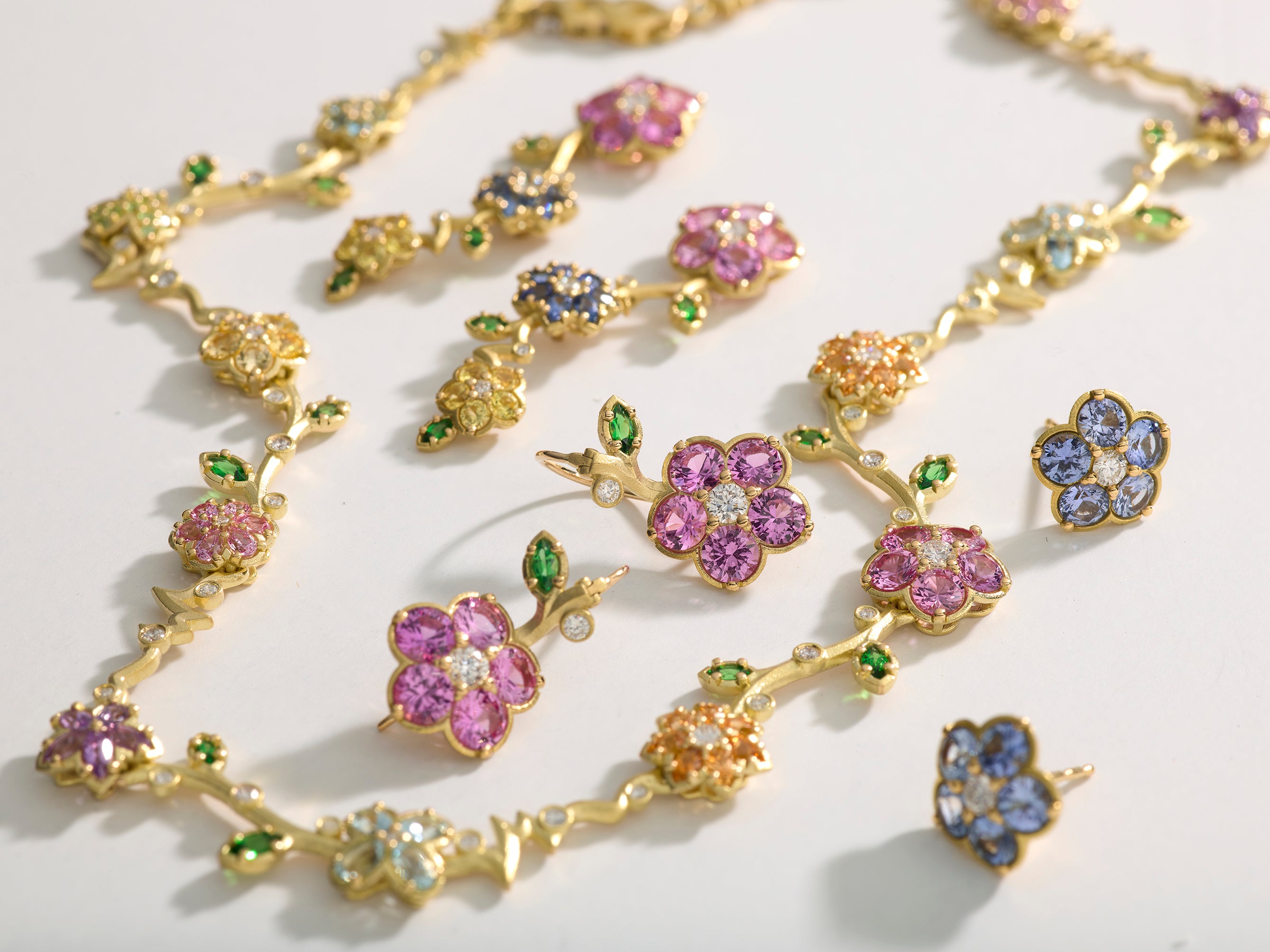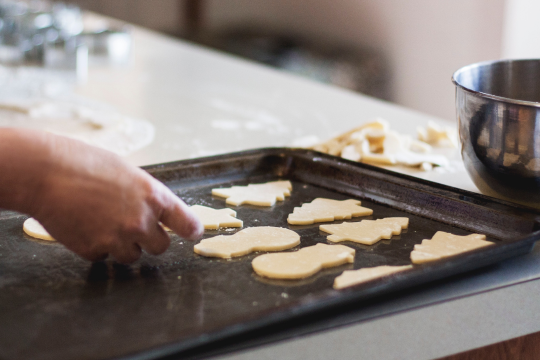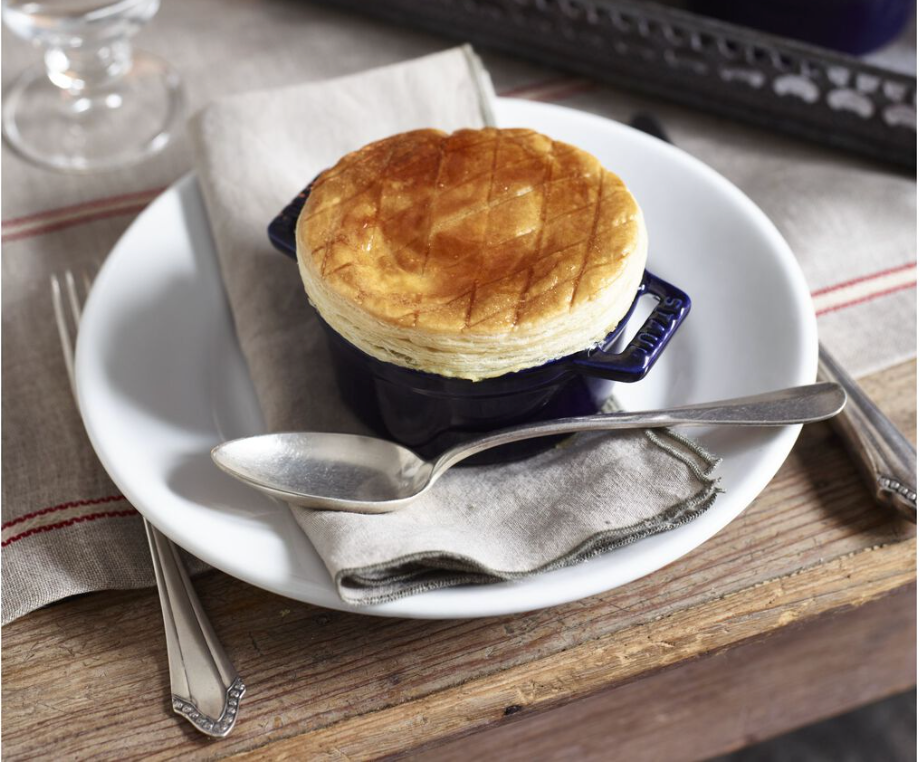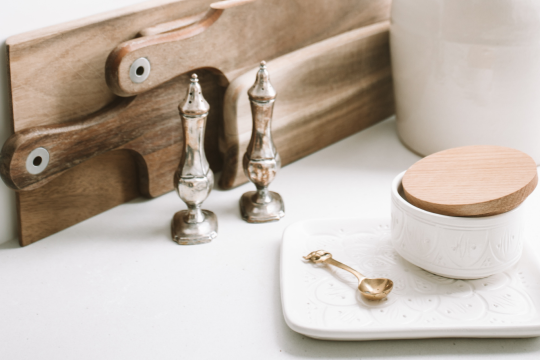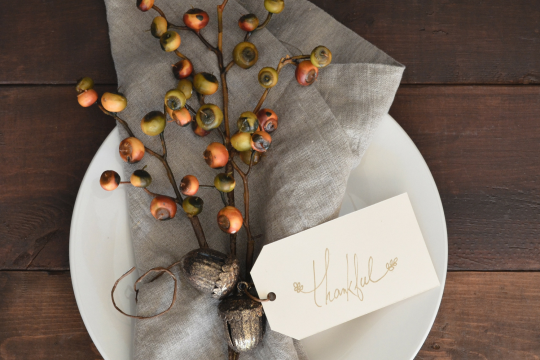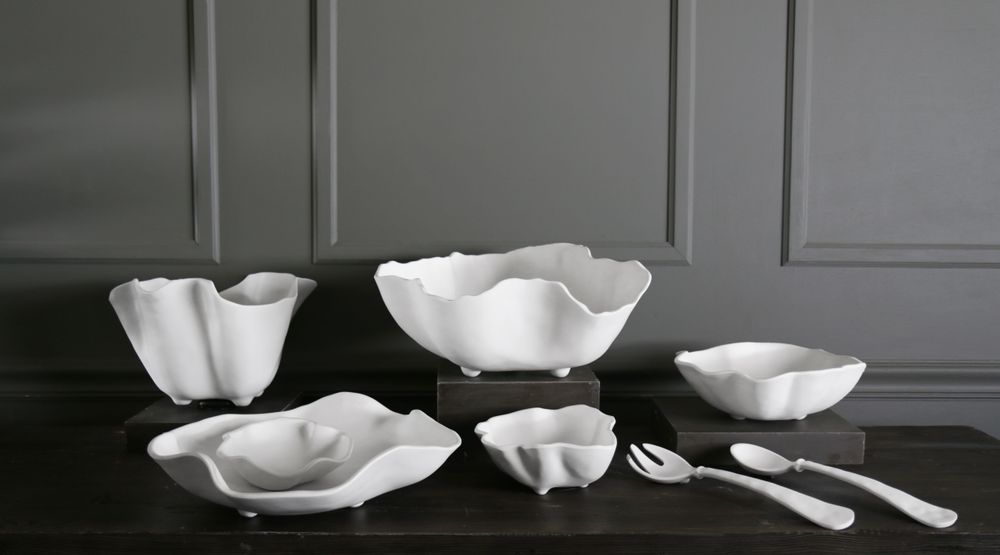A nativity scene is typically brought out at the beginning of Advent, inviting reflection as the season of waiting begins. It remains on display throughout the Christmas season, and for many, its beauty and significance are kept until January 6th, marking the feast of the Epiphany—the arrival of the Wise Men. This extension of the celebration underscores the ongoing revelation of Christ to the world. As families gather around their nativity display, it becomes not only a decoration but a focal point for sharing family traditions, stories, and prayers, connecting loved ones to the deep roots of Christian history. Whether displayed in a home, church, or office, the nativity scene remains a beloved part of Christmas that fosters warmth, reflection, and the joy of the season.
The tradition of nativity scenes dates to Saint Francis of Assisi, who created the first living nativity in 1223 in Greccio, Italy. His vision was to bring the story of Christ's birth to life, and over the centuries, the nativity scene has evolved into a cherished part of the Christmas celebration. The Holy Family—Mary, Joseph, and the infant Jesus—surrounded by shepherds, animals, and the Magi with their camels, evoke the profound mystery of that holy night. Each nativity figurine holds deep symbolism: the donkey and ox, representing humility, the bright Star of Bethlehem guiding the Wise Men, and the camels, honoring the long journey of the Magi from afar. These unique nativity figurines can be displayed year-round in the home or office, serving as a beautiful reminder of the timeless message of peace, goodwill, and Christmas traditions.


